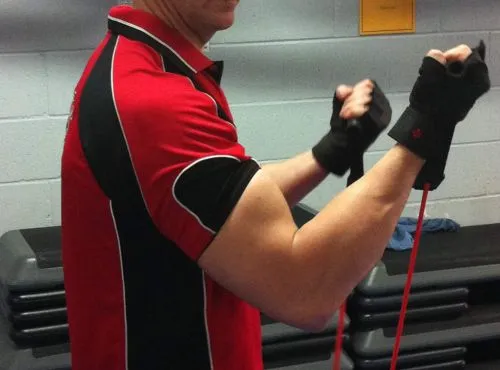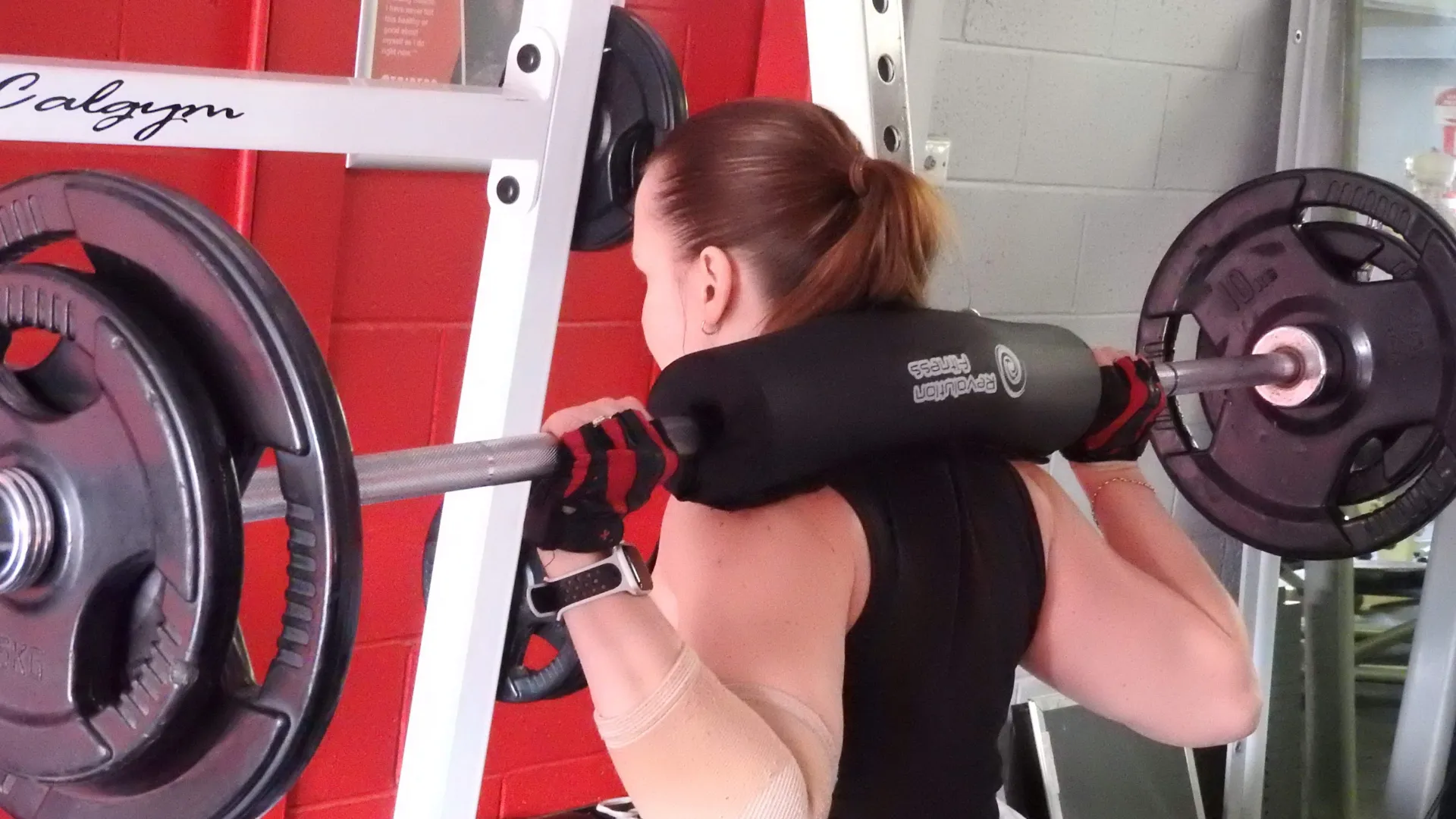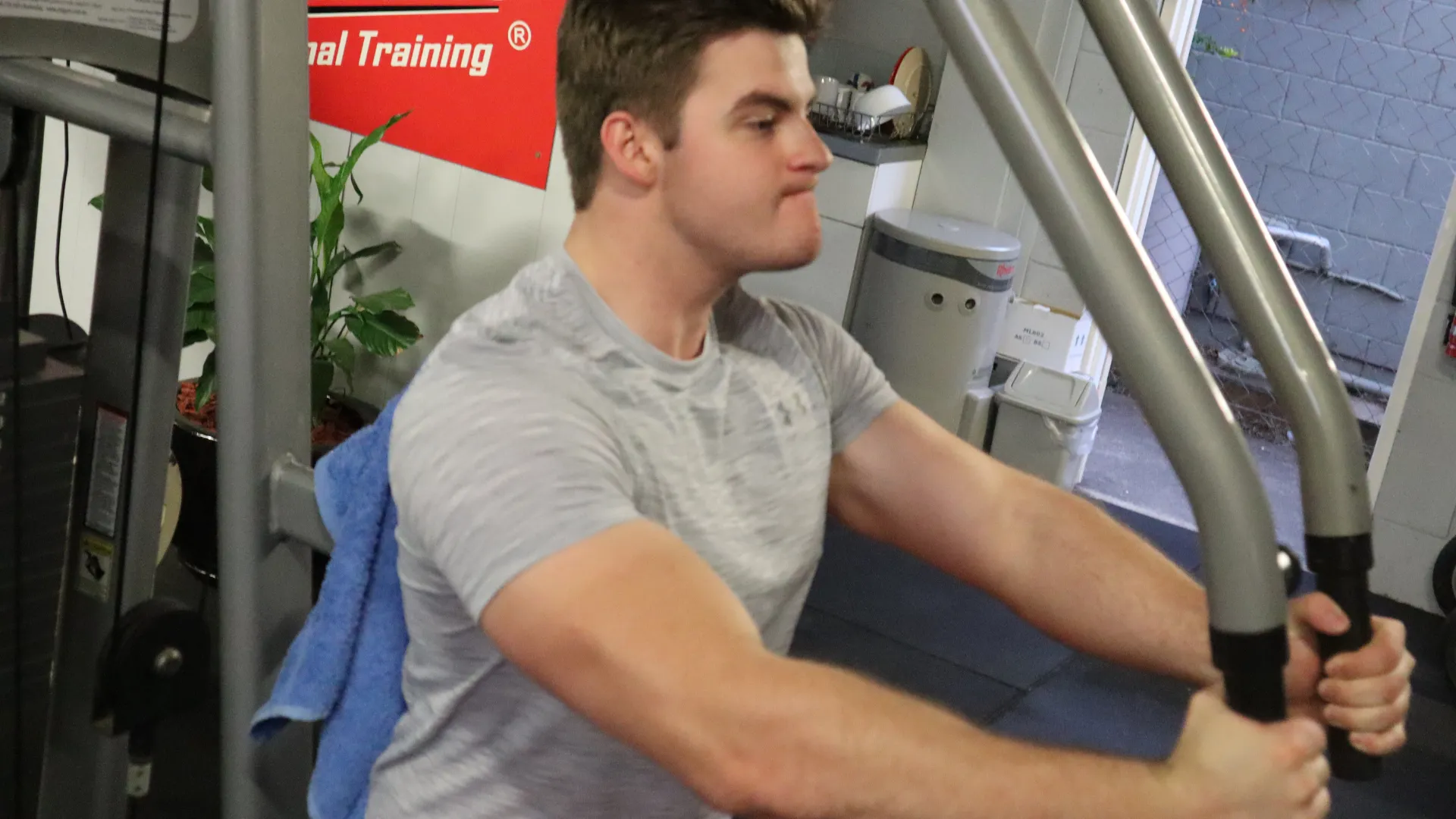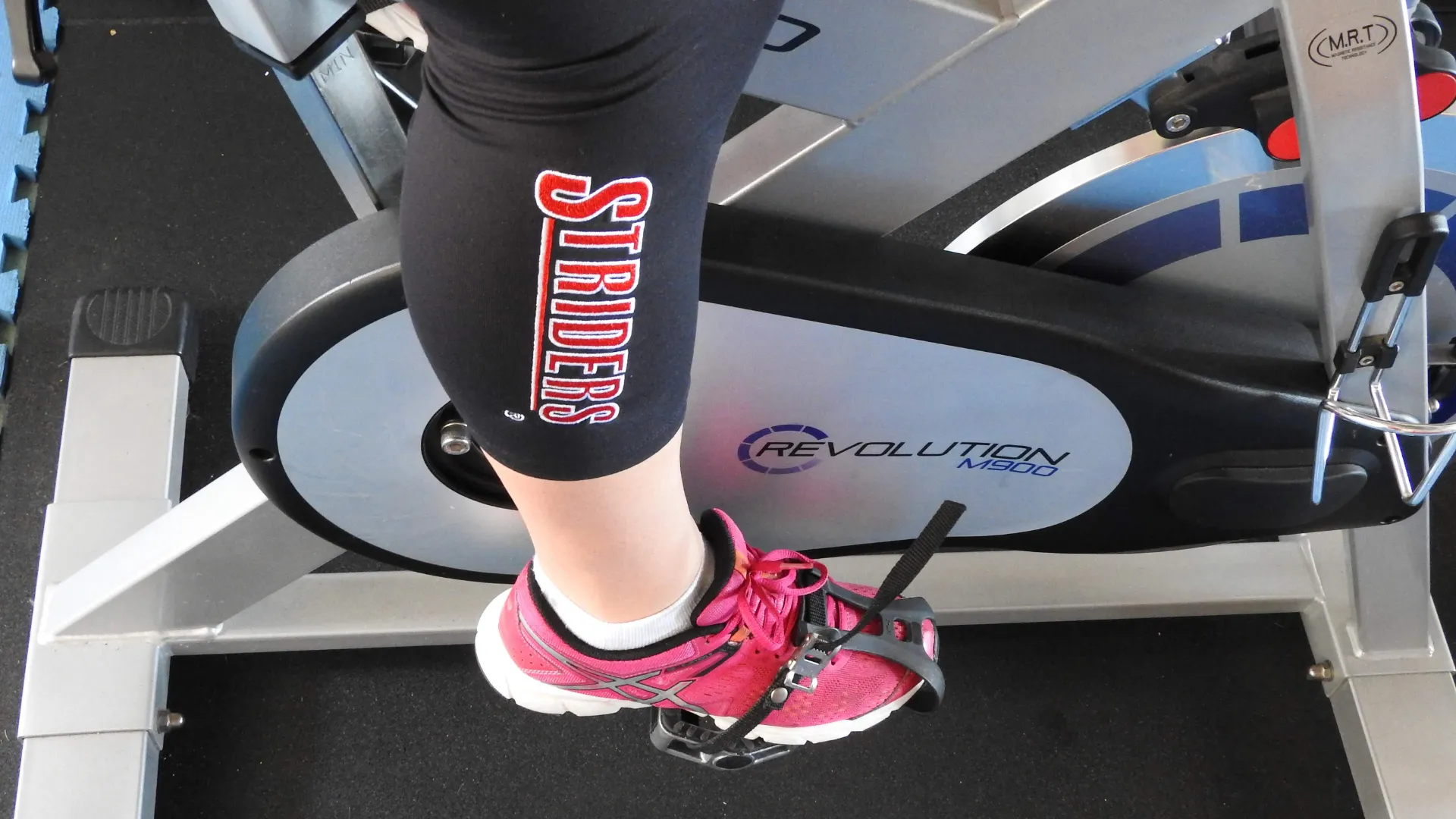Mention the word TONING and immediately weights, sets, and repetitions spring to mind for many people… and it’s hardly surprising. These are all necessary factors for anyone wishing to make any true gains to their muscular physique.
But what if you’ve been pulling and pressing the weights, day in – day out, following the number of sets and repetitions specified on the training programs to the tee, but you’re still seeing very little to no results for all your efforts?… Well chances are, you’ve been focusing too heavily on these metrics and not enough on the eccentric phase of the isotonic contractions – deemed the NUMBER ONE factor for eliciting muscle growth.
It’s all good! It’s one of the most common mistakes we find people making when they first come to us here at Striders Personal Training to seek advice on how to improve their muscle tone. However, the sooner you learn how to manipulate this factor to your advantage, the sooner you’ll attain your muscle toning goals. But before setting off on your quest to bettering the look of your physique, whether it be adding more muscle definition to your back, legs, chest, stomach, shoulders, or arms – it pays to have an understanding of what an isotonic contraction and a concentric and eccentric phase actually is.
Isotonic Contraction
Isotonic contraction is when a muscle changes in length, causing the movement of a body part. A simple example of an isotonic contraction is a Bicep Curl. The other types of muscle contractions are isometric and isokinetic. There are two phases to an isotonic contraction: the concentric phase, and the eccentric phase.
Concentric Phase
Concentric phase is when the muscle is shortening as it contracts, generating force. Using our Bicep Curl example again – the concentric phase is when the arm is flexing to bring the weight upwards.
Eccentric Phase
Eccentric phase is when the muscle is lengthening as it contracts, creating resistance. The eccentric phase of the Bicep Curl is when the arm is extending to bring the weight downwards.
When a muscle is stretched while trying to contract it, it causes damage on a cellular level, resulting in fibre being repaired and muscle growth. Below, are three SURE-FIRE ways to allow you to stretch a muscle while trying to contract it, thus stimulating those muscle fibres into growth. These techniques can be used for most exercises. For ease of explanation we’ll stick to our Bicep Curl exercise.
#1. Accentuating the Negatives:
Choose a weight that is just heavy enough to make it impossible for you to pause at any point during the eccentric phase of the Bicep Curl. With each and every eccentric phase, contract strongly against the weight in an attempt to stop the weight from lowering. Think of it like you’re losing a game of “Tug of War”. You’re slowly but surely losing ground due to the overwhelming strength of the opposing team, but you MUST ALWAYS maintain tetany on the rope in an attempt to turn the tables.
#2. Partner Assisted Negatives:
After every concentric phase of the Bicep Curl, have a partner immediately push lightly on the weight to take it back to the bottom position. Ensure to always contract against the weight in an attempt to stop the eccentric phase from happening.
When you reach ‘failure’, the point at which you can no longer perform any further repetitions of the weight, signal your partner to now help you lift the weight up for every repetition, instead of pushing down on the weight. Try and prevent the weight from moving through the eccentric phase with every repetition, and have your partner immediately help you to return the weight to the top position for you to perform another repetition.
#3. Stretch Band Negatives:
Place a stretch-band over the middle of a barbell and anchor the other end of the stretch band by standing on it. This technique allows you to not only accentuate the eccentric phase, but also the concentric phase.
Chains can also be used in place of stretch-bands. As the barbell is raised, so too are the number of chain links. The more links off the floor – the more weight is added to the lift, and vice versa.

Need further muscle toning or weight training advice? We can help! Give us a call on 0413 222 630 or send us an online enquiry today.



